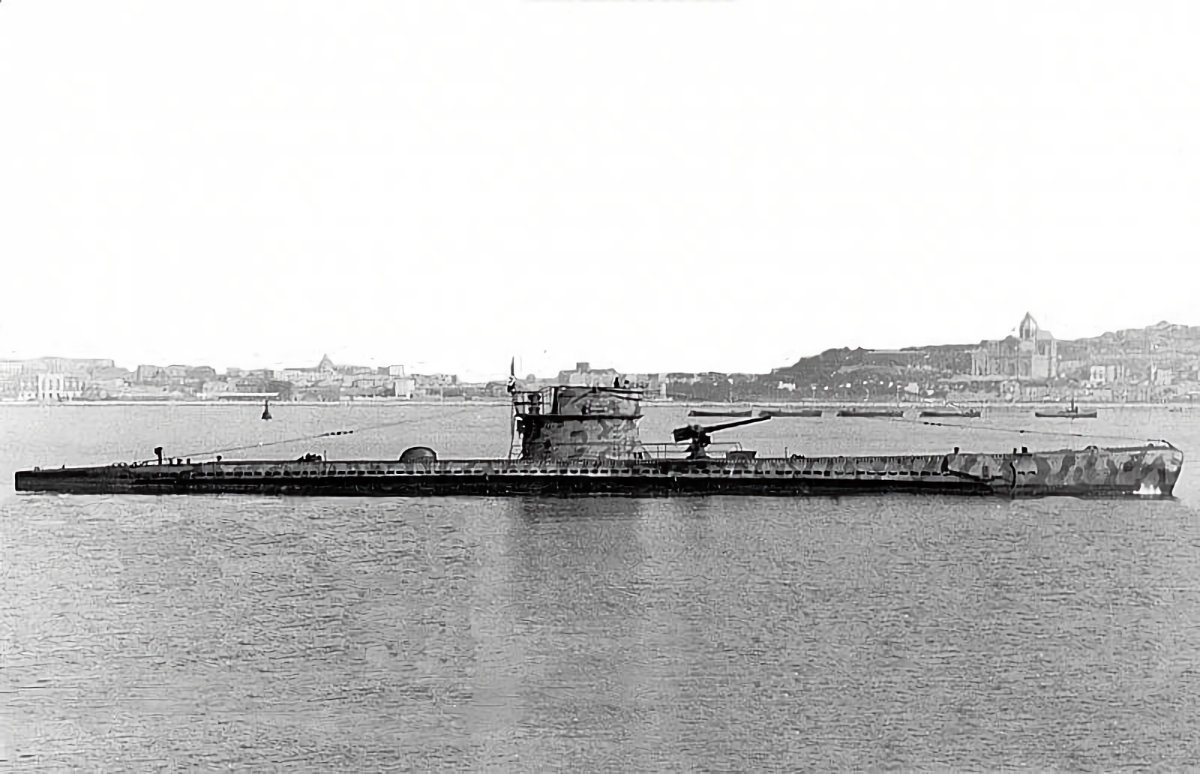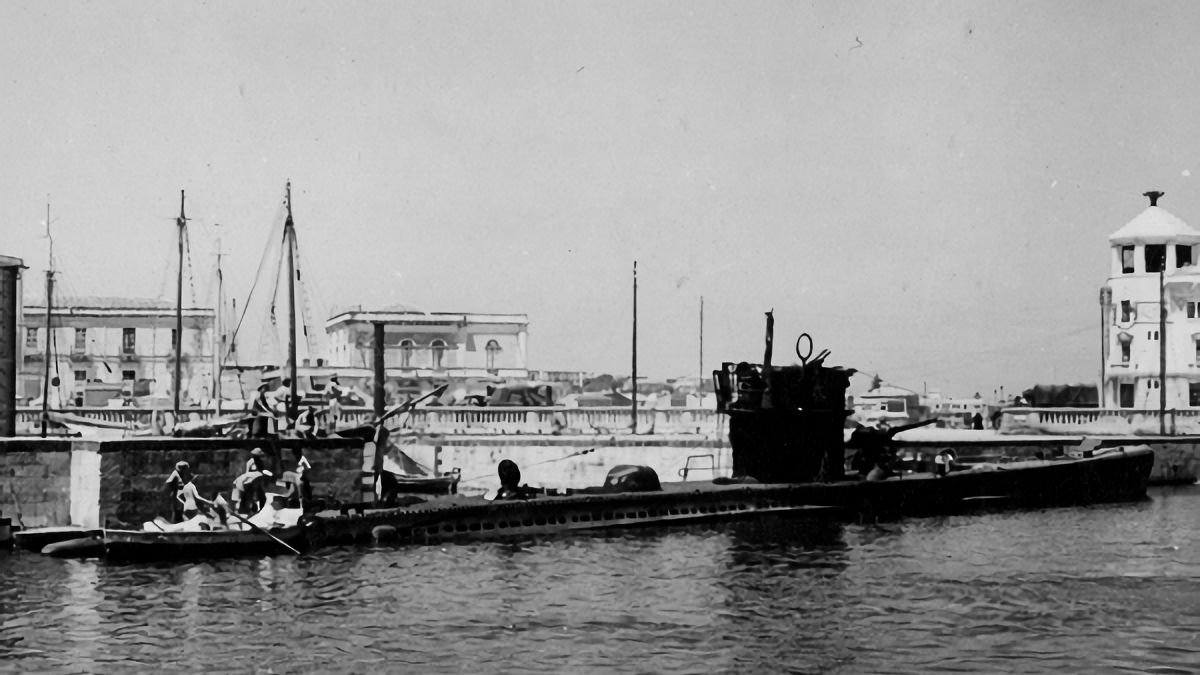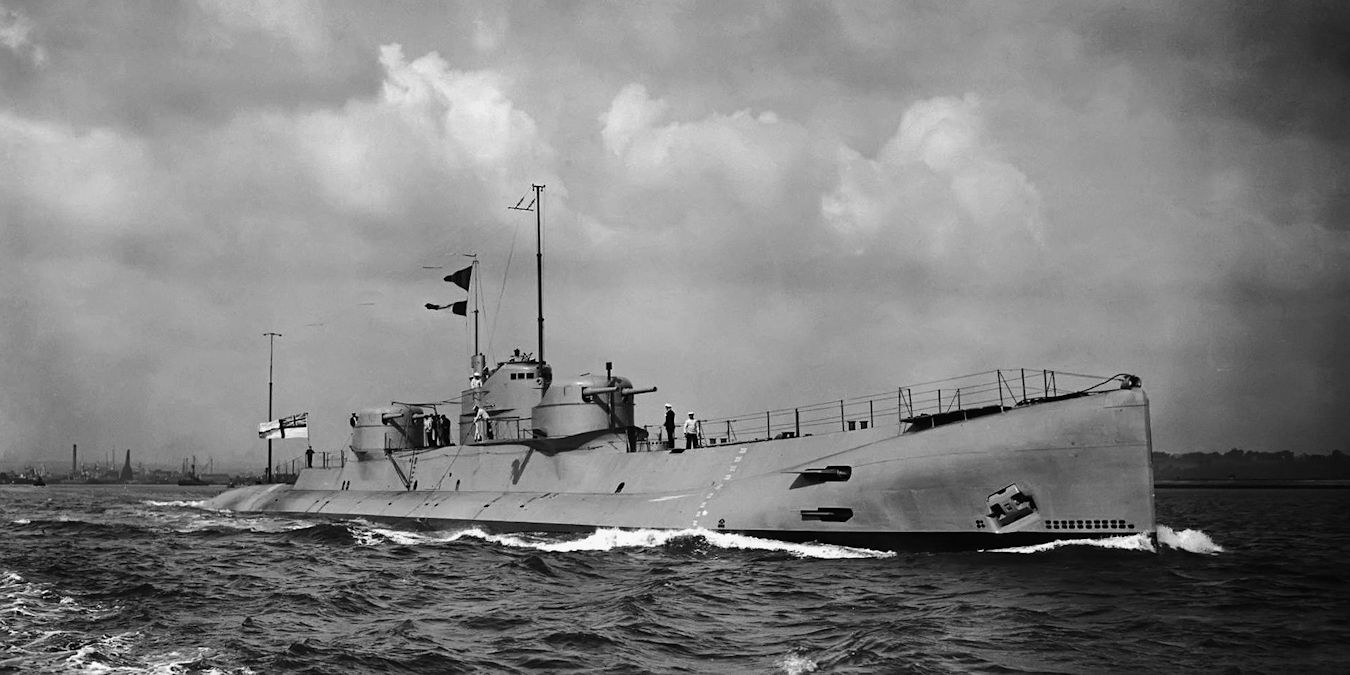Tag: Navy
-
Italian Submarine Bronzo

Italian Submarine Bronzo Bronzo was an Acciaoia-class submarine operated by the Italian Regina Marina. She was launched on 28th September 1941 and commissioned on 2nd January 1942. Bronzo had an active but unsuccessful career, being involved in the attacks on the Pedestal and Operation Harpoon convoys. She was captured on 12th July 1943 after being… Read more
-
Free French Submarine Narval

Free French Submarine Narval The French submarine Narval was an Acciaoia class submarine operated by the Free French Navy during the Second World War. Originally operated by the Italian Regina Marina as Bronzo, she was captured on 12th July 1943 after being engaged by HMS Seaham, HMS Boston, HMS Cromarty, and HMS Poole. Towed into… Read more
-
British Submarine HMS X1

British Submarine HMS X1 HMS X1 was designed as a commerce raider for the British Royal Navy. The concept was to engage a convoys escorts with her gun armament, which would then enable her and other submarines to sink the merchant vessels. X1’s gun armament consisted of four 5.2 inch guns in twin turrets, one… Read more